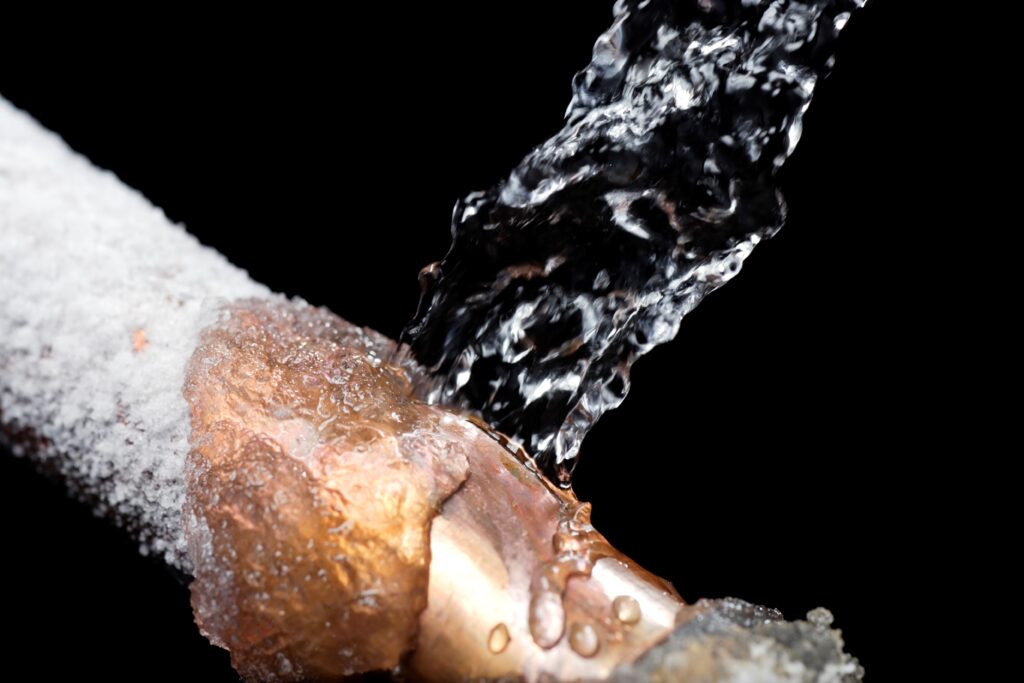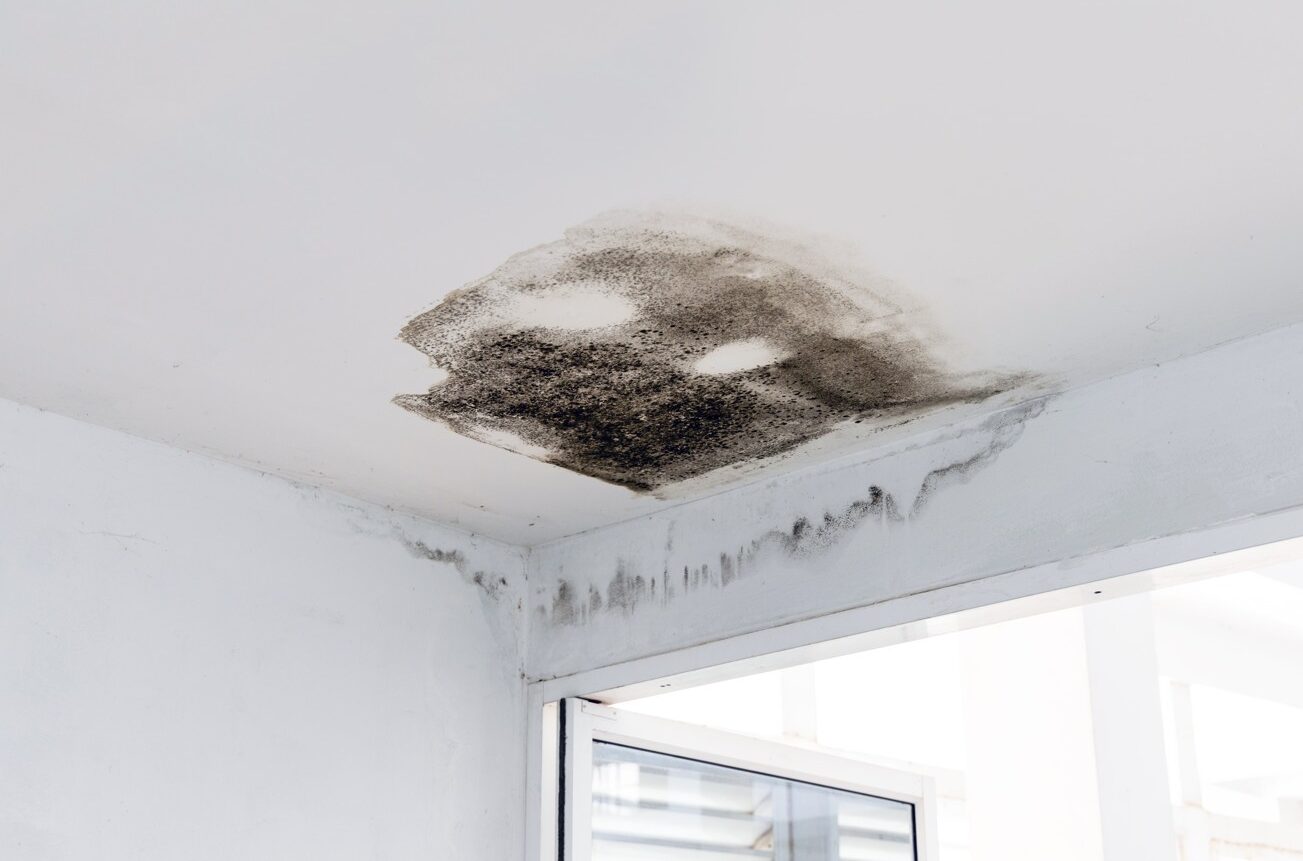December 12, 2025
Gemma makes it a double with second Kudos of Year Award
Property claims handler Gemma has completed an amazing double by winning the Catalyst Services...

It is vital to understand how these leaks happen, and what needs to be done to prevent them and to detect and repair the damaged pipe, tank or related asset.
That is why Catalyst Services UK has made leak detection the focus of its latest service guide – giving clients, including insurance claims professionals, and property owners accurate information on the topic.
View: Catalyst Water Leak Detection Guide
View: Catalyst Water Leak Detection Services
Catalyst Managing Director Brad Jackson says: “Demand for our leak detection and repair services always spike during winter.
“Leaks can be devastating for householders and small businesses. They can cause catastrophic internal flood damage that puts precious property and livelihoods at risk.
“In some cases, the worst happens very quickly, with homes flooded in a matter of minutes. In some cases, though, knowing the tell-tale signs can lead to early intervention that limits or even prevents any damage.
“This is why we’ve drawn up this water leak detection guide, so our colleagues in the insurance industry and other sectors, plus home and business owners, have clear and accurate information about what’s at stake and what action must be taken.”

Vital to locate leaks
Catalyst delivers water leak detection services on behalf of insurance companies and loss adjusters, plus other businesses and domestic clients.
In some cases, Catalyst is commissioned to investigate potential signs of water leaks. In others, flooding has occurred or there are clear signs of water damage and it is important to locate the source of the water leak to stop the problem from getting worse.
As the Catalyst leak detection guide explains, there are two types of water leaks – external leaks and internal leaks.
Internal leaks happen inside properties. They are often associated with defective or poorly installed pipes or tanks. Internal water leaks can also be triggered by changes in water pressure or pipe blockages that put pressure on pipe joints and valves.
External water leaks happen in pipes outside properties, for example due to cracks in a water supply communication pipe or a defective stop valve.
External leaks are often associated with freezing winter weather. Freezing and thawing of water in pipes, and the ground around them, can cause pipes to burst, allowing water to escape.
Leak detection technology
For both types of water leaks, Catalyst’s water supply technicians can choose from an array of water leak detection equipment and techniques to find the source of the problem.
They include damp meters to trace the flow of water across walls, ceilings and floors. Thermal imaging can be used to detect water escaping from both hot and cold water pipes.
Escaping water makes a distinctive range of sounds. This paves the way for acoustic profiling – with sensitive microphones used to pinpoint the location, within walls or underground, where water is leaking.
The Catalyst Leak Detection Guide explains these technologies and others and reveals the telltale signs that help water leaks to be detected and the scale, and cost, of the damage to be assessed.
Just in case our readers are wondering if they have a water leak in their properties, some of those signs are:
Least costly repairs
Brad Jackson says: “Water leak detection requires skill, experience and a range of techniques. Once the leak is found, the next step is fixing it. That can be just as challenging if the source is under, or within the fabric of a building.
“It is one reason why pinpointing the exact location of the leak is so important. Then, a repair or pipe replacement method can be selected that is as least disruptive, and least costly, as possible.”
Find out more
Talk to our experts about the Catalyst water leak detection service – and take active decisions that will protect your properties from harm and react decisively if urgent action is needed. Telephone. 0800 870 8080. Email: [email protected].